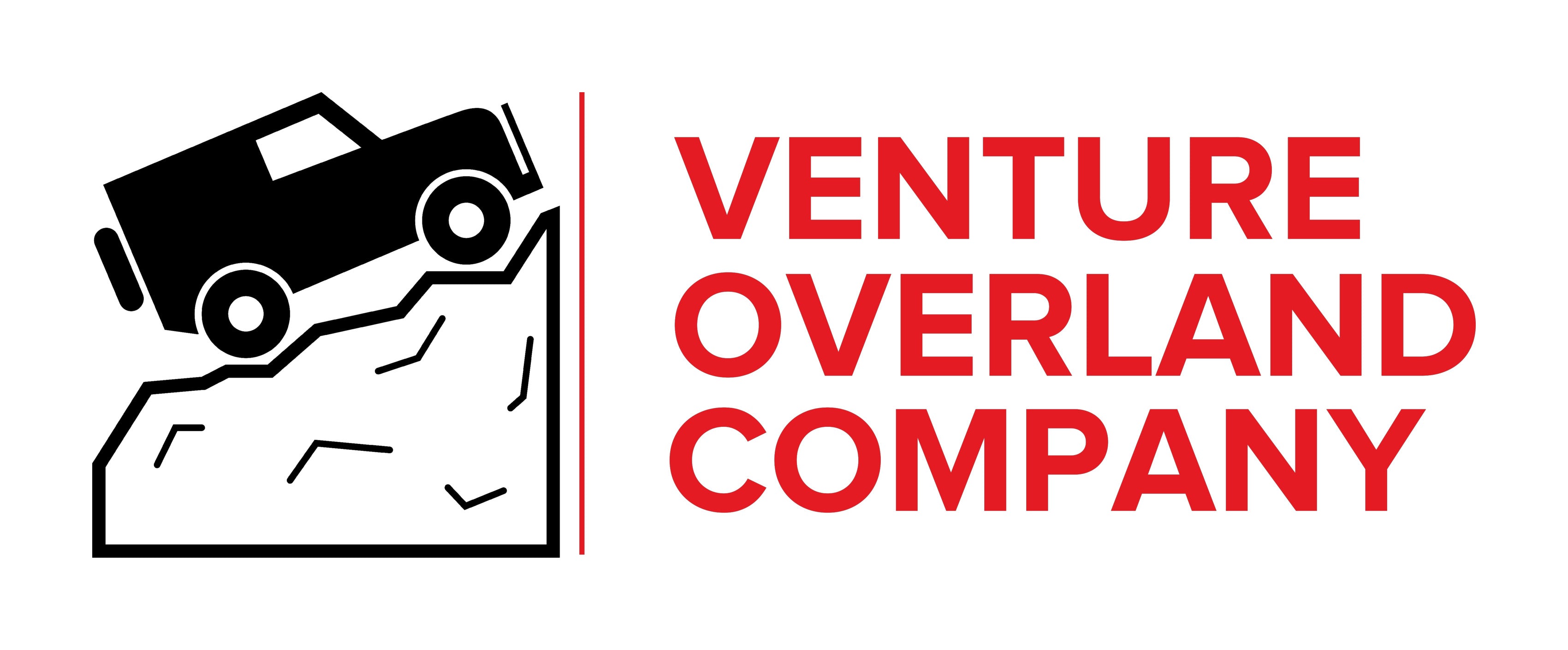by Derrick Cui of Summit Offroad Wheels ~ May 12, 2020

Welcome back, and from everyone here at Summit Offroad we hope you and your loved ones are staying safe. As more people are preparing for the trails to open up, we figure we could answer another very popular question we receive:
"What is the best tire size for my truck?"
Usually what our customers are really asking is what's the biggest tire I can fit? That's probably because the general consensus for most the offroad community is, the bigger the tire the better. However, from personal experience, the biggest tire you can fit, might not necessarily be the best tire you can fit. Today we'll explain some of the pros and cons, as well as information about various tire sizes, so you can be better educated about what size you want for your own vehicle.
The Pros
We'll start with some benefits of having a larger tire. One of the main benefits of having a larger tire is the increased ability to get over larger obstacles. One of the easiest ways I can explain this is using the analogy of skateboard vs longboard wheels.
Now if you've ever ridden a skateboard, you definitely know the dreaded screech from getting stuck on a pebble. Longboards on the other hand, usually have larger wheels, which allow them to roll over things like pebbles and acorns without throwing you on the floor in front of your friends. Switching to a larger tire for your off-road rig is pretty much the same thing on a larger scale, except replace getting thrown on the floor for getting winched by a friend. On top of this, there are other benefits such as a larger contact patch when aired down, more protection for your wheels, increased ground clearance, and extra style points for Instagram. These are all very important, although for some, the last reason more than the others. And looking at the benefits, its no wonder so many people are after the biggest tire they can get. However, this wouldn't be an article if we didn't cover some of the negatives as well.
The Cons
I'll preface this by saying none of these things should stop you from getting the largest tire you can, they are merely considerations to remember, especially if off-roading is something new for you.
Fender and Bumper Clearance is one of the most immediate things people run into after going up in tire size. A mild increase may only necessitate slight trimming of plastics, however the larger you go, the more power tools you need to pull out of the shed. Bumper cutting, fender trimming, liner deleting, body mount chopping may all be a part of the process for your truck. If you have new truck, or a lease, this may be the end of your larger tire journey.
Also since wheels and tires are the one of the first mods most people do on their trucks, as more things are added like steel bumpers, winches, roof top tents, tire carriers, they find that tires that had previously cleared without rubbing, now requires more cutting and trimming due to the increased load on the suspension.
Affect on Gearing is probably the second hurdle once you've managed to get the tires fitting. If your truck came on 29" tires from the dealer, and you decide to throw on some 35" tires, the difference in driveability will be very noticeable. In this case, the 20% increase in diameter translates to a 20% increase in gearing, which means difficulty with acceleration and getting into the powerband; not to mention your speedometer and odometer reading 20% lower than true. Although that second one might be a pro for some. The solution to this would be regearing your differential to correct for the increase in tire diameter, although many times this can't be done for less than $1000. Even after regearing, a 10 ply offroad tire isn't light, and the increased size will have a substantial impact on fuel economy.
Center of Gravity this is probably less considered when getting a taller tire, but is a factor nonetheless. Apart from a lift kit being a necessary in order to fit larger tire sizes, the tire itself also contributes to the vehicles overall center of gravity. Tipping over or rolling unfortunately is not uncommon when tackling tough offroad obstacles. Many trails often have off-camber and rutted out sections where taller trucks might struggle. Having an unnecessarily large tire or tall truck forces the driver to take the line that keeps the truck the most level through an obstacle, whereas a lower truck usually has more options without the risk of rolling.
Final Thoughts
In most offroad situations, having a larger tire definitely helps more than it hurts. However what we find from our customers is many of them have trucks that also serve as daily drivers, or they prefer to only do light offroading. In these situations, it may not always be best to throw the biggest tires you can on your truck. And even for people that do frequently use the full range of motion on their trucks, driving across two states on 37" mud terrains getting single digit MPGs takes ALOT of commitment. We hope this article helps you better understand what to look for, and why choosing a tire size is a very involved process!
-Derrick Cui, Summit Offroad Wheels

